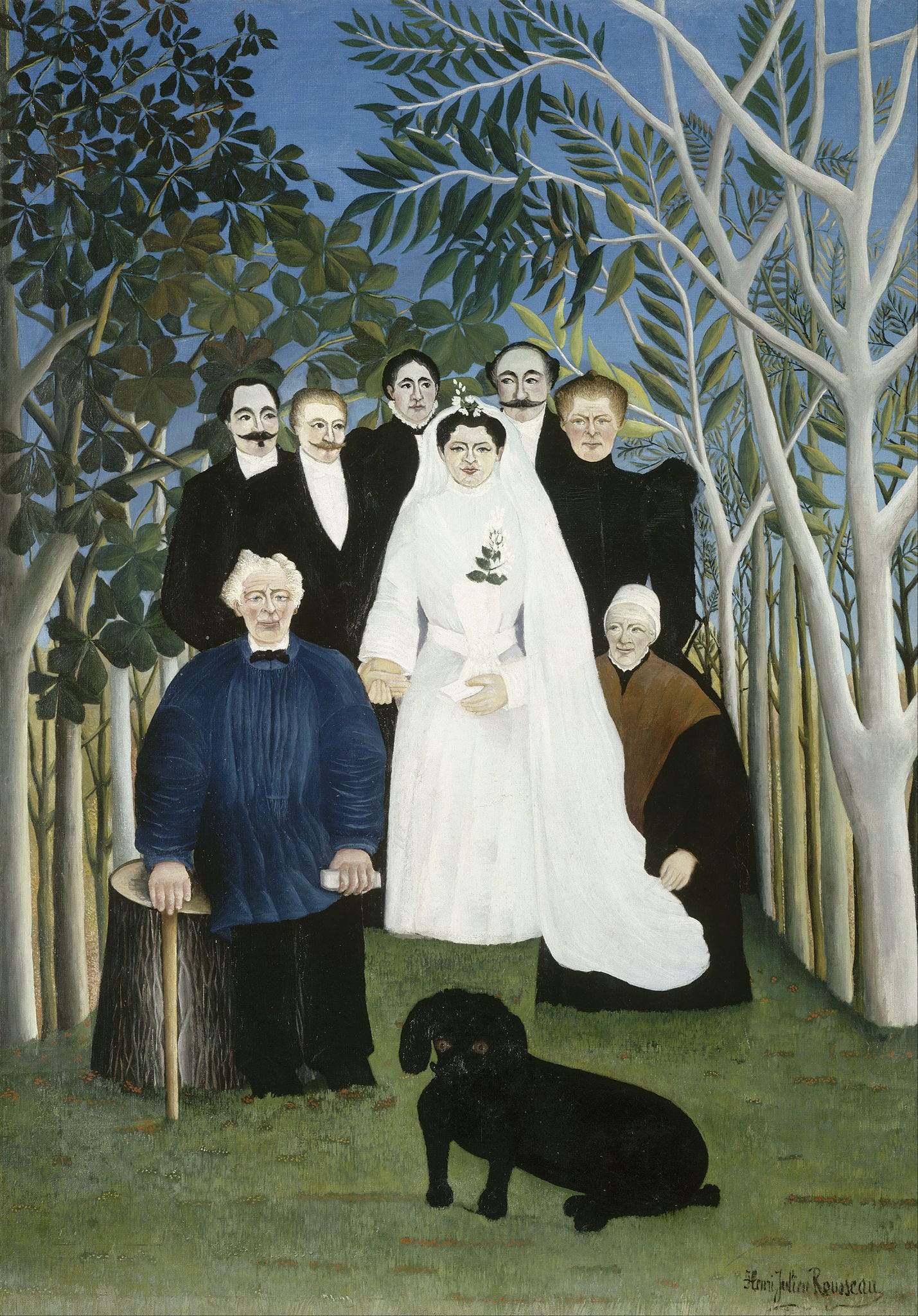Choosing Marriage
The Science of Commitment
A cognitive illusion that often leads us away from achieving enduring happiness is the deceptive but alluring belief that maximizing our freedom will result in maximum personal happiness. This might be referred to as the trap of “keeping your options open.” But in the last few decades, modern psychological science has shown that, in some contexts, keeping our options open leads us to be less satisfied, not more.
Consider, as just one example, an influential study of college students and photography conducted in 2002 by Dan Gilbert and Jane Ebert. In this experiment, students were asked to participate in a brief course on photography (this was before the days when everyone walked around with high-quality cameras built into their cell phones). As part of the course, the students ended up with two final, high-quality photographs that were personally meaningful. They were told they could keep one but that the other had to be turned in to the course directors as proof the students had participated in the course. The students could choose which photograph to keep. Half of the students were told that the decision they made was immediately final (the committed group); the other half were told that they could swap photographs several days following their decision (the keep-your-options-open group). All students were later asked to rate how satisfied they were with the photographs they chose. Most people (including those who took part in the study) would probably guess that the students who could keep their options open would be happier with their choice. After all, if they later decided that they didn’t like it, they could simply exchange their photo for the other one. But the true outcome was that the students who were committed to their photos were more satisfied than the students who kept their options open. Perhaps even more surprising was that even after the chance to swap photos had expired, the students who were committed early to their photos were more satisfied than those who kept their options open.
One of the key conclusions that Gilbert and Ebert made was that owning an outcome generally makes someone more satisfied with it. Using an analogy, they explain:
If every apple contained a fixed amount of sweetness, then decision making would merely be an attempt to estimate that sweetness before deciding which apple to buy, and because such estimates may be mistaken, the opportunity to exchange apples after taking a bite would be an invaluable asset. But the fact is that irrevocably owned apples are sweeter than those that are merely tasted. The ratio of fructose to cellulose is an objective and unchanging property of apples, of course, but the experience of sweetness is a subjective property that increases when an apple becomes my apple.
In other words, in some contexts, when we commit to a choice, we tend to be more satisfied. Certainly, in many instances, more freedom is better. This is surely the case when we talk about oppressive governments in countries where basic human rights of speech, religion, and assembly are restricted. But in Western democratic societies, the pendulum may have swung too far the other way. At least in some contexts, commitment trumps keeping your options open in terms of leading to happiness and satisfaction.
Now, it may seem like a stretch to say that a controlled experiment involving college students and photography shows how maximum freedom does not equal happiness. But this basic concept seems to be at play in important real-world scenarios. Perhaps one of the most meaningful examples involves the trade-offs between marriage and cohabitation. As the cultural revolution of the 1960s and ’70s unfolded, many sociologists were initially surprised to discover that married couples are happier and more satisfied than couples who cohabitate without marrying. This has been found consistently in many studies and across many different cultures. The psychological trap of “keeping your options open,” as demonstrated by the photography study, likely explains part of this sociological phenomenon. Whereas marriage is about commitment, cohabitation (in many instances) is clearly about keeping your options open. If we keep in mind all the psychological data that shows how important relationships are to happiness and well-being, the finding that married partners are consistently happier than non-married cohabitating partners shouldn’t be surprising. All other things being equal, a committed relationship—wherein partners are married—would lead to a stronger (and happier) relationship than one in which both partners are keeping their options open for other prospects. New York Times columnist David Brooks expressed this concept well when he wrote: “People are not better off when they are given maximum personal freedom to do what they want. They’re better off when they are enshrouded in commitments that transcend personal choice—commitments to family, God, craft, and country.”
Excerpted from Purpose: What Evolution and Human Nature Imply about the Meaning of Our Existence by Samuel T. Wilkinson. Published by Pegasus Books, March 5th 2024.
Samuel T. Wilkinson is Associate Professor of Psychiatry at Yale. He received his B.S. in mechanical engineering from Brigham Young University and later his medical degree from Johns Hopkins.





